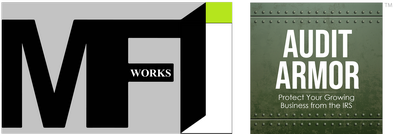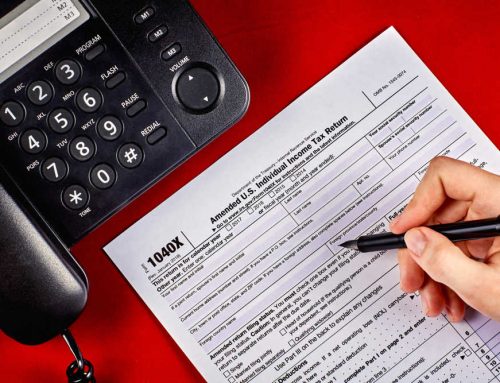
Have you recently traded-in a company vehicle and want to understand the trade-in reimbursement by corporations? We understand the topic can be confusing, so this article will help explain the process and your options.
Luckily, the business vehicle trade-in process has been simplified by The Tax Cuts Job Act (TCJA), which outlawed Section 1031 tax-deferred exchanges for personal property.
When trading in an old vehicle for a new one, the TCJA considers it two different transactions. The sale of the old car and the purchase of a new one. The purchase can get determined in two ways:
- Work from the invoice to find the business cost. This includes:
-
- Purchase price
- Taxes
- License fees
- Imputed interest
- Rebate
- Net purchase price
- Business percent
- Business cost (basis)
- Use the cash value of the trade and cash paid out to find the business cost. This includes:
- Fair market value of trade
- Loan on new car
- Cash down payment
- Amount paid for new car
- Less imputed interest
- Net purchase price for taxes
- Business percent
- Business cost (basis)
Both methods get the same results, but it’s a good way to check your work to make sure you get the correct business cost.
Trade-In Reimbursement Choices
Once you have the business cost figured out, there are five choices for how to get reimbursed on the business cost.
- Use the 100 percent bonus depreciation rule
- Use the Section 179 expensing and modified accelerated cost recovery system (MACRS) depreciation
- Use MACRS depreciation
- Use straight-line depreciation
- Use the IRS mileage method
If you use a depreciation that spans for more than one year, you will submit an expense report for each year of depreciation.
What Else Should You Submit?
To ensure that both you and the corporation are in compliance with the rules, we suggest you submit the following (along with the expense report):
- Receipt of the vehicle purchase
- Statement of recognition that the reimbursement of Section 179 expensing and/or bonus or other depreciation reduce the basis in the vehicle for purposes of gain or loss
- Statement of recognition that you will reduce the overall annual Section 179 limit on your personal tax return by the amount of Section 179 expense reimbursement by the corporation
- Statement of recognition that if the cars business use drops below 50%, you will reimburse the required recapture of deduction in excess of straight-line depreciation to the corporation (this requirement is no longer in effect after five years of when the car is sold or traded)
- A statement that you will maintain and submit a mileage log to the corporation to prove the vehicle’s business use
In Conclusion
When you get the corporation trade-in reimbursement, it’s for depreciation and is not taxable income. It’s considered a non-taxable employee expense. Whether you or the corporation owns the car, you have to make both the calculations for the vehicle basis and trade-in gain or loss. For more information or any questions on trade-in reimbursements, don’t hesitate to contact us! To schedule a free initial business strategy session, click here.


